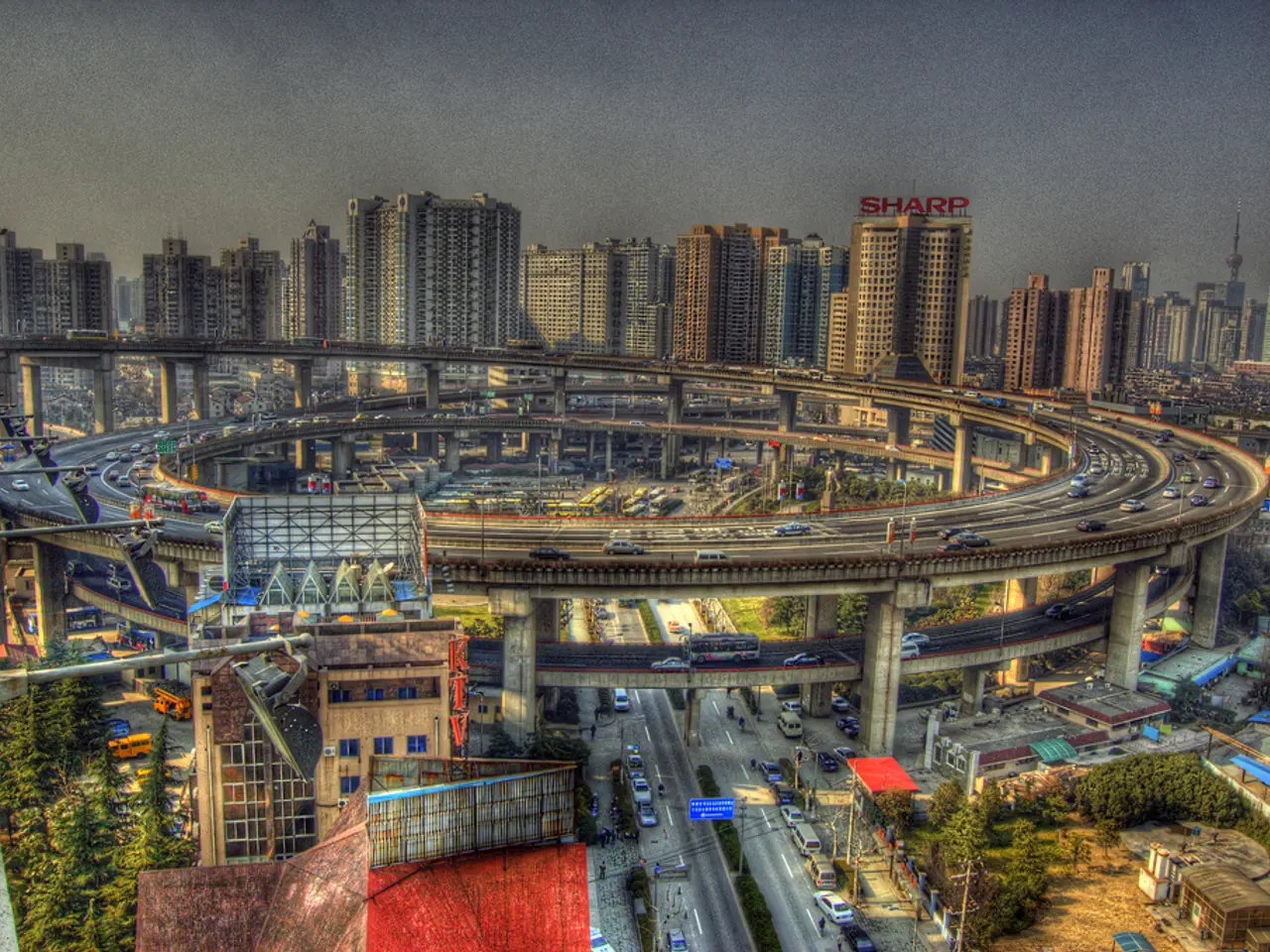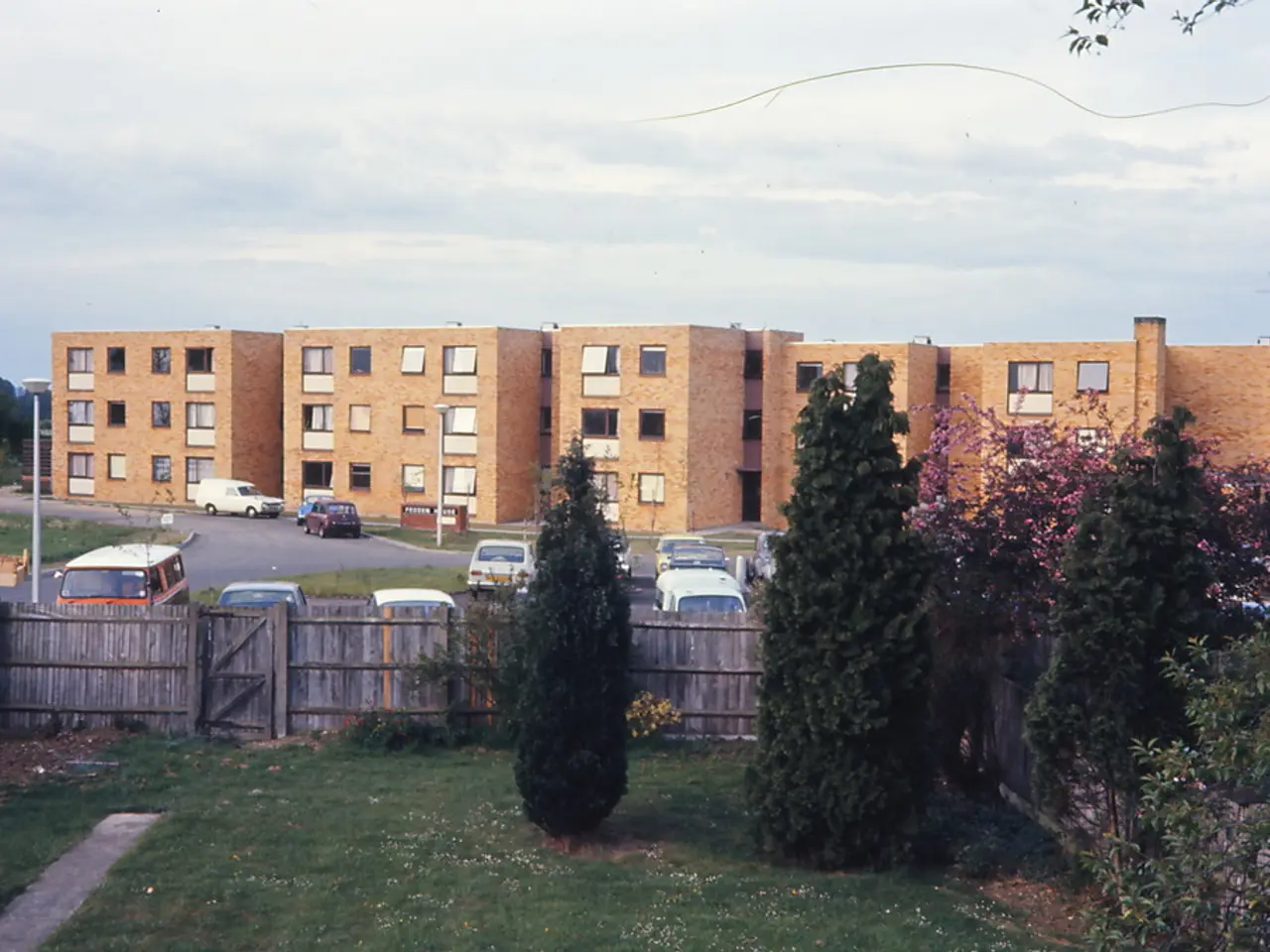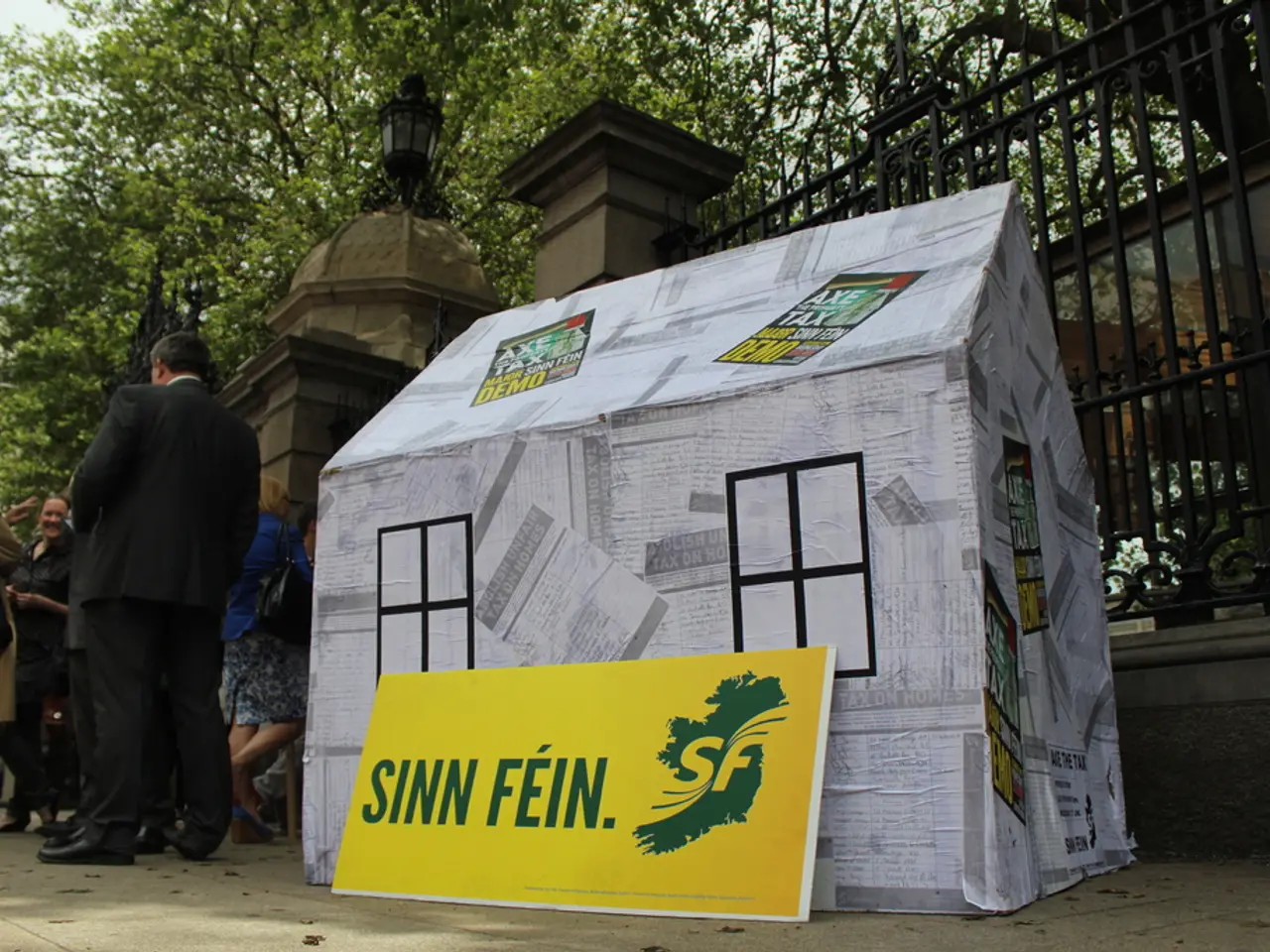Architectural projects in Offenbach seeing initial successes and expansions to new locations
In the heart of Germany, the city of Offenbach has embarked on an ambitious project aimed at enlightening business and property owners about urban planning rules and design possibilities. The project, which ran from March 2024 to March 2025, involved approximately 300 properties within the city centre.
The initiative, spearheaded by urban architects, focused on key areas such as the special use regulation, the design regulation for advertising facilities, and the city's design handbook. The architects actively sought contact with owners and business owners on site, offering voluntary consultation to help clarify misunderstandings, show room for maneuver, and keep the dialogue going.
One of the project's highlights was the competition for facade design, which showcased successful examples that positively influenced the participants. The visibility of these successful examples helped reduce misunderstandings between business owners and administration.
The project also aimed to address current developments at an early stage. After its completion, the city plans to establish fixed contact partners within the administration for long-term consultation.
Regulated design in the city centre is considered an important tool for upgrading public space, according to Paul-Gerhard Weiß, a city official. Weiß emphasised the importance of maintaining a balance in the design of advertising facilities, stating that an imbalance could create an imbalance in competition.
The city continues to rely on conversation offers and targeted measures instead of blanket controls. In fact, despite a rather restrained response to voluntary consultation offers, numerous changes were still achieved, such as turning off flashing lights or dismantling oversized advertising areas.
In Offenbach, urban planning regulations ("Bauleitplanung") typically include binding land-use plans ("Bebauungspläne") and development frameworks that govern permitted uses, building designs, and advertising structures. Special use regulations ("Sondernutzungsregelungen") may apply to encroachments in public spaces or specific business operations. Design regulations for advertising facilities generally regulate the size, placement, illumination, and style of advertisements to ensure aesthetic harmony with the urban environment.
For the most precise and up-to-date information about Offenbach’s urban planning, design regulations for advertising, and related design handbooks, the city’s official planning department or website would be the authoritative source to consult. They typically provide access to current zoning plans, special use statutes, advertising ordinances ("Werbeanlagenverordnung"), and any design guides or incentives for property and business owners.
It is important to note that for repeat offenders, fines or dismantling orders are also provided. Regulations serve as a basis for a fair cityscape. The Offenbach city centre's development will continue to focus on further improving the cityscape.
In addition, a jury is planned to annually award creative and rule-compliant solutions in facade design, further encouraging business and property owners to contribute to the city's aesthetic appeal. The project in Offenbach serves as a shining example of how urban planning can foster a harmonious and attractive cityscape.
The architects' ongoing conversation offers and the planned annual award for creative and rule-compliant facade designs are invitations for home-and-garden store owners and other property owners to participate in transforming Offenbach's city centre, enhancing its lifestyle and overall appeal. As the city continues to enlighten business owners about urban planning rules and design possibilities, a company could seek guidance on designing their shopfronts according to the city's design handbook and regulations for advertising facilities, contributing to a harmonious cityscape.




